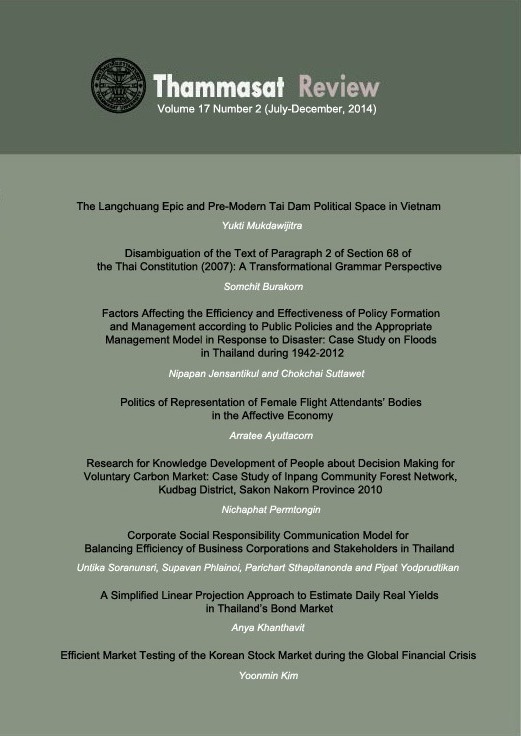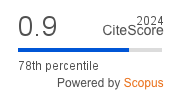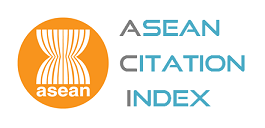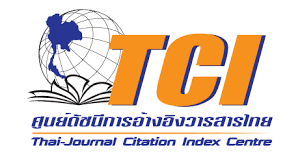Corporate Social Responsibility Communication Model for Balancing Efficiency of Business Corporations and Stakeholders in Thailand
Abstract
This research aims to analyze corporate social responsibility communication among Thai, western, and eastern multinational corporations and to synthesize a corporate social responsibility communication model for balancing efficiency for business corporations and stakeholders in Thailand. The research methodology was divided into two sections: the research on business corporations used a documentary study and Bellwether Methodology, whereas the stakeholders’ sections employed the Deliberative Democratic Evaluation Methodology.
The findings of synthesizing this model revealed C-C-S-P-B as the components. The first C represents Concepts in CSR communication which comprised the fundamental CSR concepts and communication direction to emphasize the environment or social issues. The second C, reflects CSR communication in applying the Inside-out approach to building employees’ consciousness necessary for corporate sustainable development, followed by raising consciousness in sustainable social and environmental development for outside stakeholders. Then, S is the Strategy of CSR communication, both responding to stakeholders and their participation. P is the Process of CSR communication which is also the continuous process to stimulate responses from the message receivers. B is defined as Balancing effectiveness between stakeholders and business corporations. For the stakeholders, communication could change stakeholders’ behavior. For business corporations, communication makes stakeholders approve business operations and gain trust. And even with subsequent social changes, the community still maintains the trust of corporations. The study recommends the business corporation should focus mainly on CSR communications that respond to the stakeholders’ needs, and encourage participation in CSR. Nonetheless, to create balancing efficiency, the adopted model should be implemented with the consideration of different social contexts within Thai society.
Keywords: Corporate Social Responsibility Communication, Model, Stakeholders, multinational corporations
Downloads
How to Cite
Issue
Section
License
The opinions and ideas expressed in all submissions published in Thammasat Review are solely that of the author(s) and do not necessarily reflect that of the editors or the editorial board.
The copyright of all articles including all written content and illustrations belong to Thammasat Review. Any individuals or organisation wishing to publish, reproduce and distribute a particular manuscript must seek permission from the journal first.








